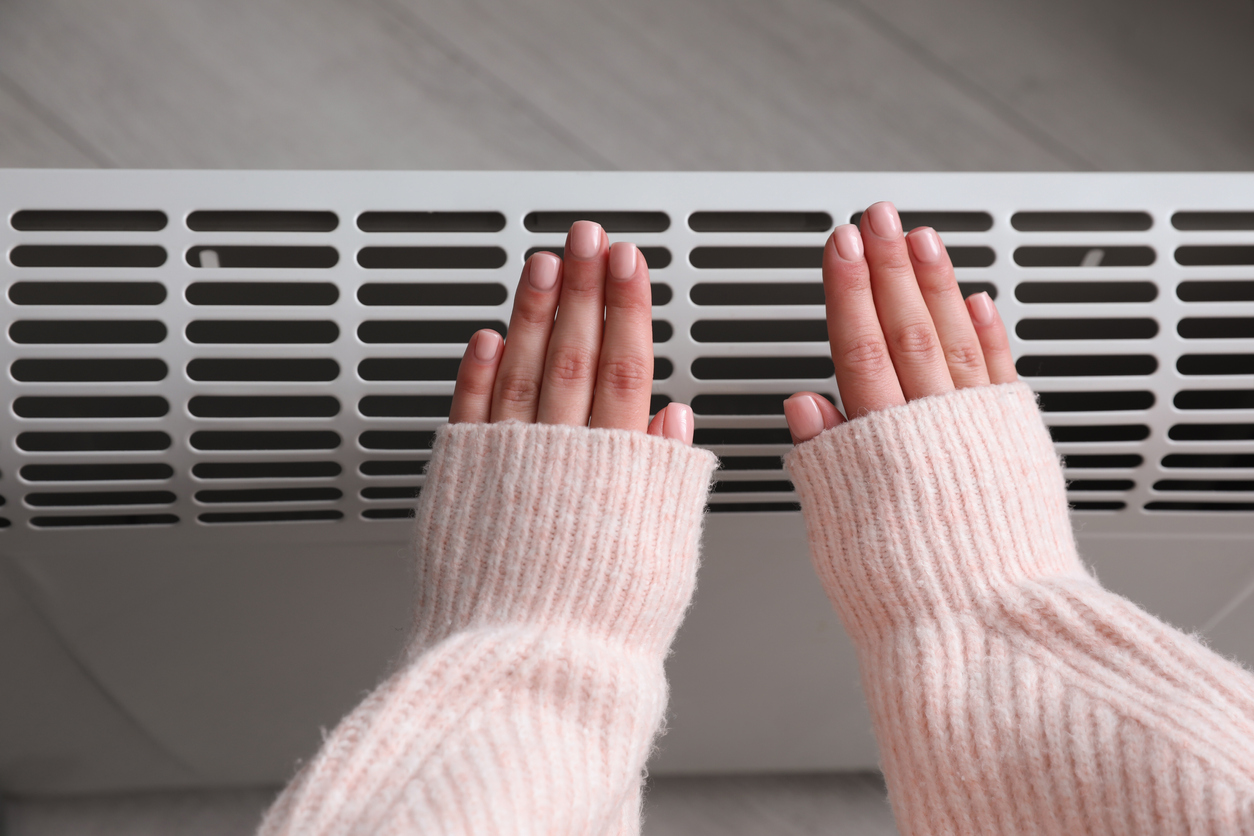Call or Text
801-438-4793
Why is My Furnace Blowing Cold Air?
December 1, 2023
As the temperatures outside plummet, your home should be a haven of warmth and comfort. Yet, there you are, bundled up in layers, perplexed and shivering, as your once-trusted furnace seems to have betrayed its primary purpose. The unsettling realization that your furnace is blowing cold air instead of the cozy warmth you crave can be both inconvenient and frustrating. This is a common problem faced by many homeowners, especially during the winter months.
Superior Water & Air will explore the potential reasons behind this icy issue, from simple thermostat settings to more complex mechanical failures. We’ll also provide actionable advice on how to troubleshoot and rectify the situation. Keep reading to enjoy the warmth of your home this winter!
Reasons Your Furnace is Blowing Cold Air
If your furnace is blowing cold air, there could be several reasons behind this issue. Here are some common explanations:
Thermostat Settings
One of the most common reasons for a furnace blowing cold air is an incorrect thermostat setting. Double-check your thermostat to ensure it’s set to “Heat” mode and the desired temperature. A simple oversight here can lead to your furnace producing cold air instead of warm comfort.
Pilot Light or Ignition Issues
If your furnace relies on a pilot light or has an electronic ignition system, malfunctions in these components can result in cold air blowing through the vents. A professional inspection may be necessary to diagnose and address any ignition-related issues.
Dirty or Clogged Air Filters
Over time, air filters can become clogged with dust and debris, restricting proper airflow. Reduced airflow can cause the furnace to overheat, triggering a safety feature that turns off the burners, resulting in the circulation of cold air. Regularly changing or cleaning your air filters is essential for optimal furnace performance.
Issues with the Gas Supply
If your furnace operates on natural gas, problems with the gas supply, such as a closed gas valve or a gas line leak, can prevent the burners from igniting. Without a proper flame, the furnace will blow cold air. Gas-related issues should be addressed promptly by a qualified professional.
Ductwork Leaks
Leaks, blockages, or disconnections in the ductwork can lead to heat loss, resulting in cold air reaching your vents. Thoroughly inspecting and repairing any ductwork issues can help restore proper airflow and warmth.
What Should I Do if My Furnace is Blowing Cold Air?
If your furnace is blowing cold air, here are some steps you can take to troubleshoot and potentially resolve the issue:
- Check Thermostat Settings: Verify that your thermostat is set to the “Heat” mode and the desired temperature. Ensure there are no programming errors or accidental changes.
- Inspect Pilot Light: If you have a gas furnace, check if the pilot light is lit. If it’s out, follow the manufacturer’s instructions to relight it.
- Examine Air Filters: Dirty or clogged air filters can impede airflow and lead to the furnace blowing cold air. Replace or clean the filters according to the manufacturer’s recommendations.
- Check for Ductwork Issues: Inspect the ductwork for any leaks, blockages, or disconnections. Damaged ducts can result in heat loss, causing the furnace to blow cold air.
- Reset the Furnace: Turn off the furnace at the thermostat and the power switch. Wait a few minutes, then turn the power back on. This can sometimes reset the system and resolve minor issues.
If, after performing these checks, your furnace is still blowing cold air, it’s advisable to contact a professional HVAC technician. Furnace issues can be complex, and a trained technician can accurately diagnose and address the underlying problem to ensure your heating system operates efficiently. Regular professional maintenance is also key to preventing future issues with your furnace.
Recent News
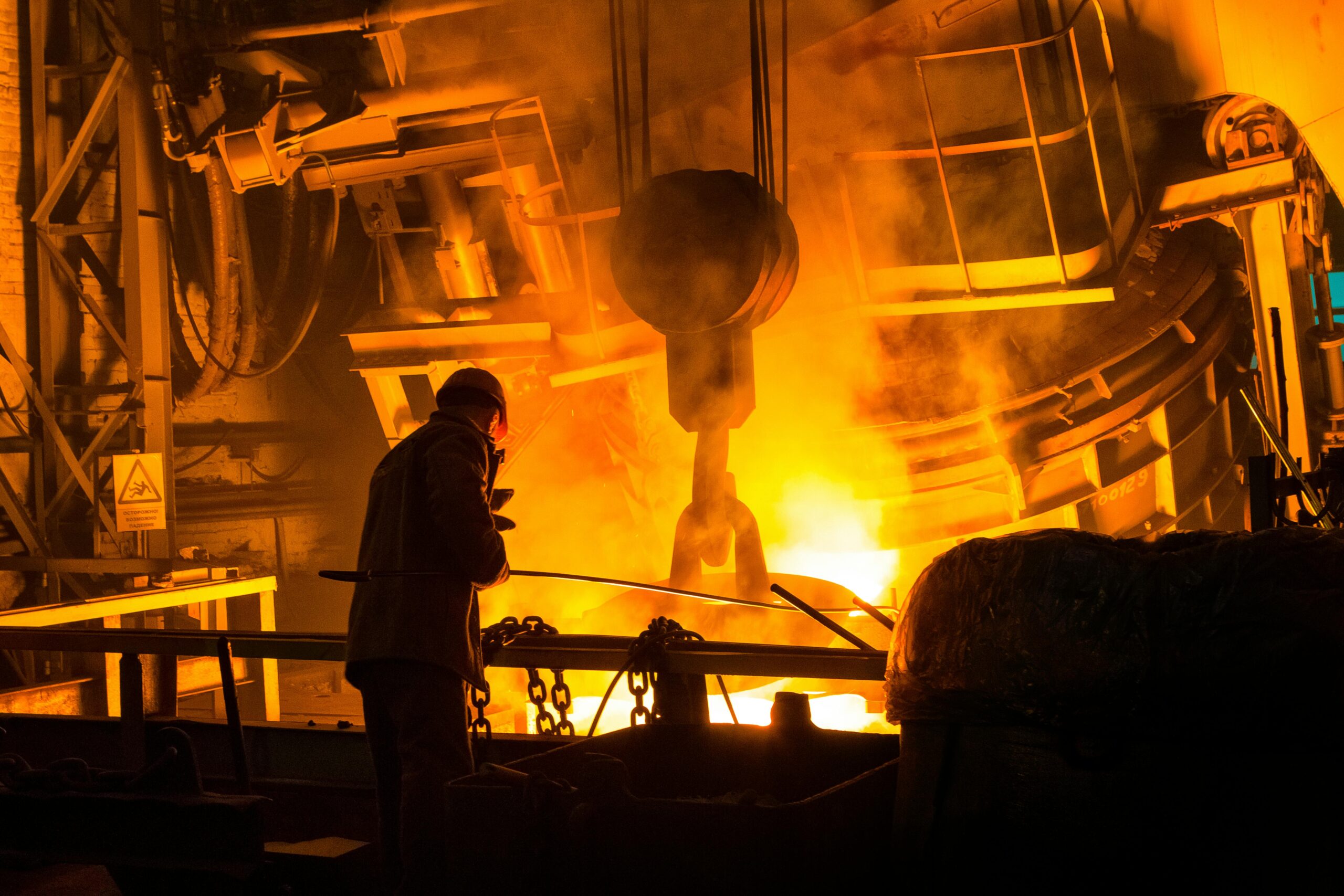
Furnace Guide: Installation, Repair, Energy Efficiency, & More
September 18, 2024
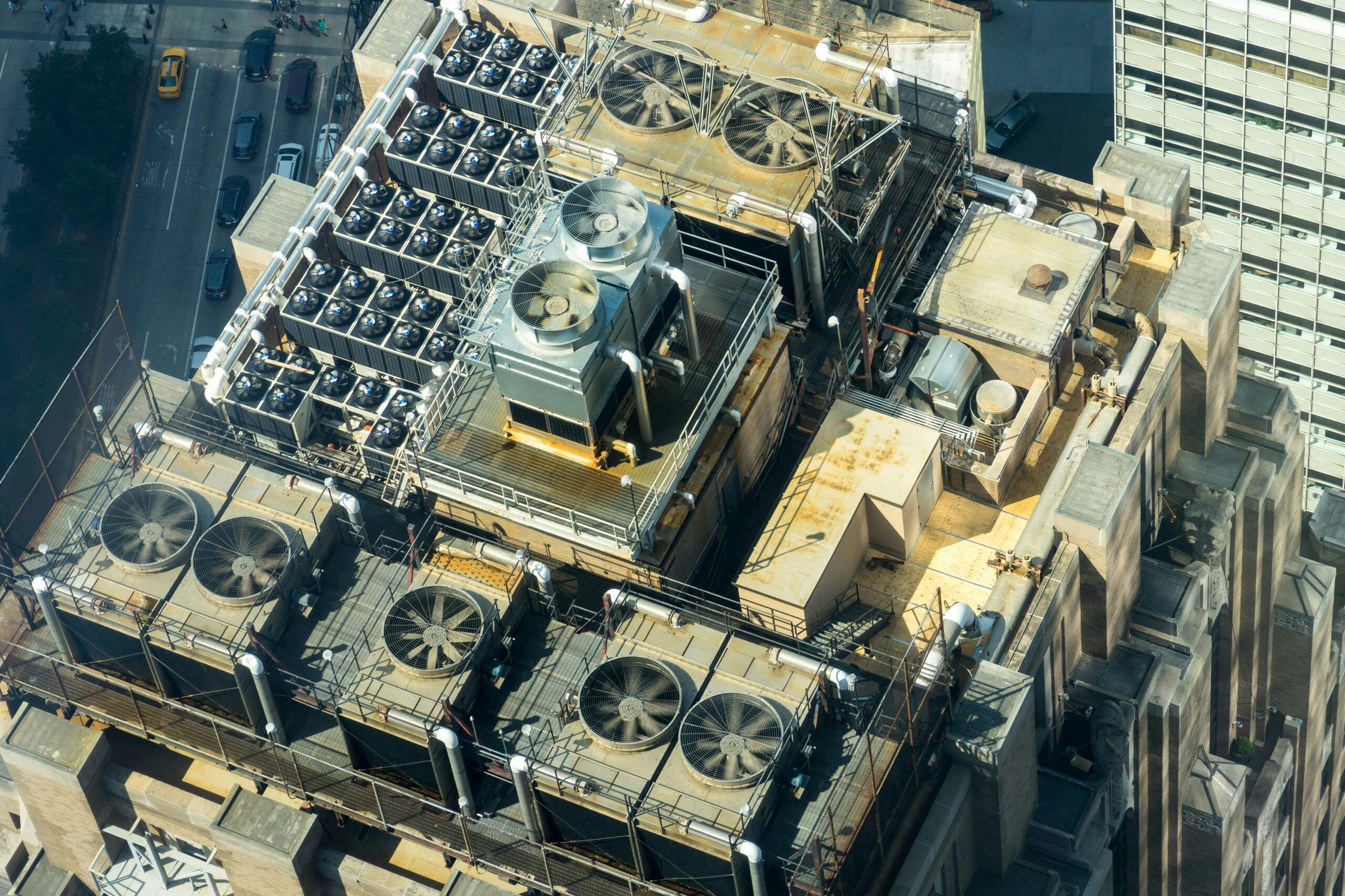
Save Money with the Proper HVAC & Plumbing Systems
September 16, 2024
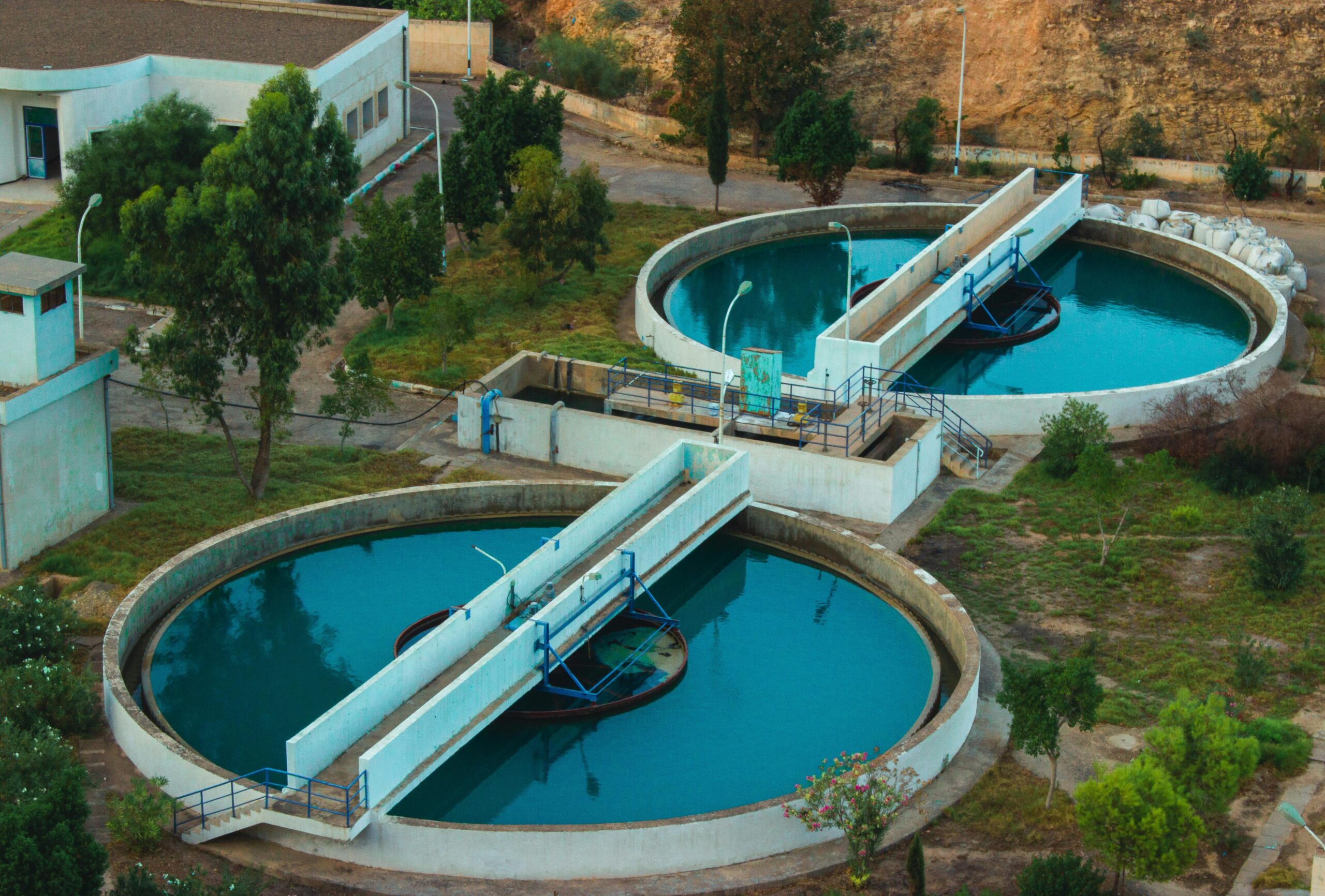
Water Purification Systems Save Plumbing and Appliance Costs
September 16, 2024
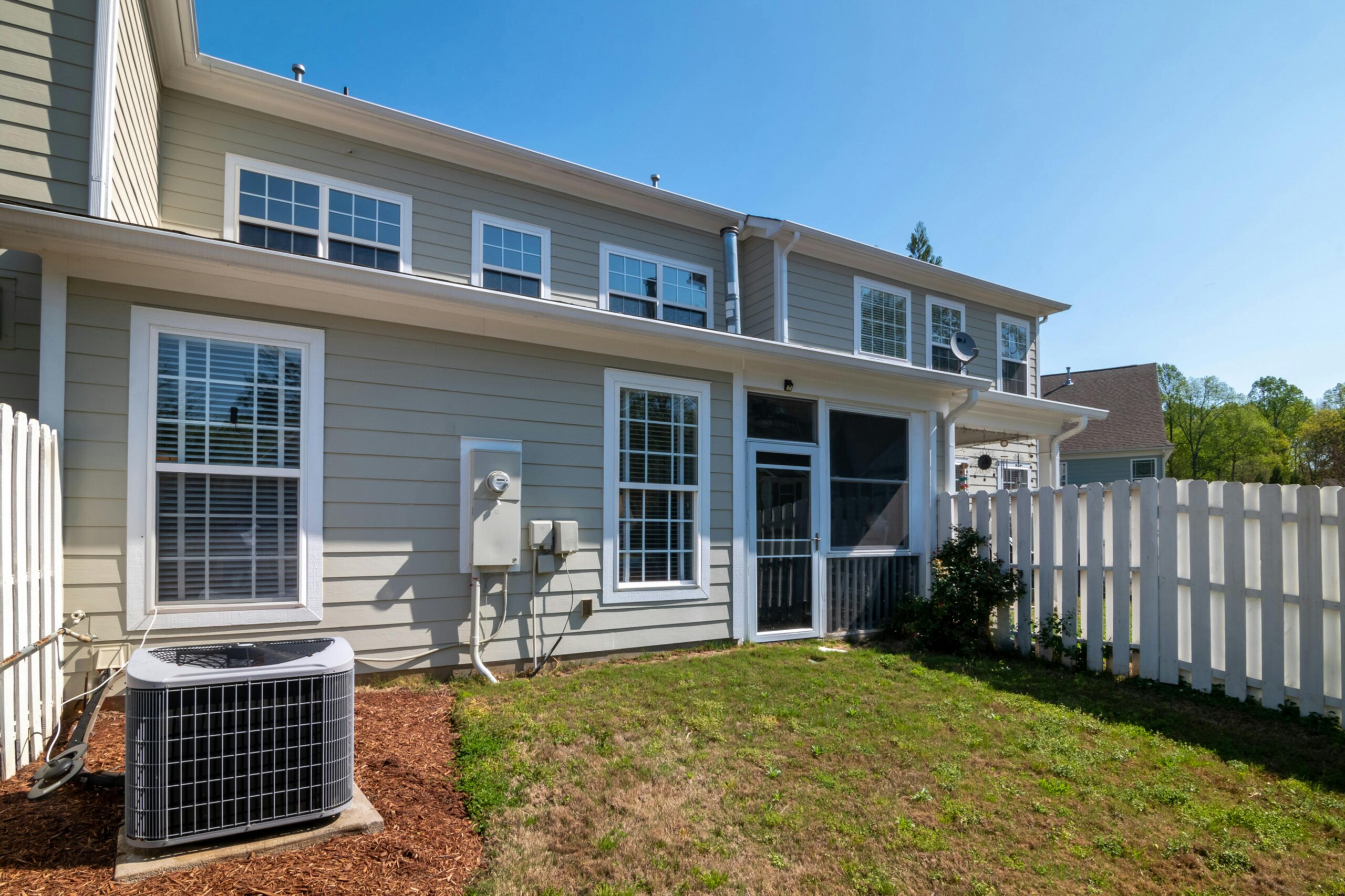
Air Purification Systems are an Investment in Your Family’s Health
September 16, 2024
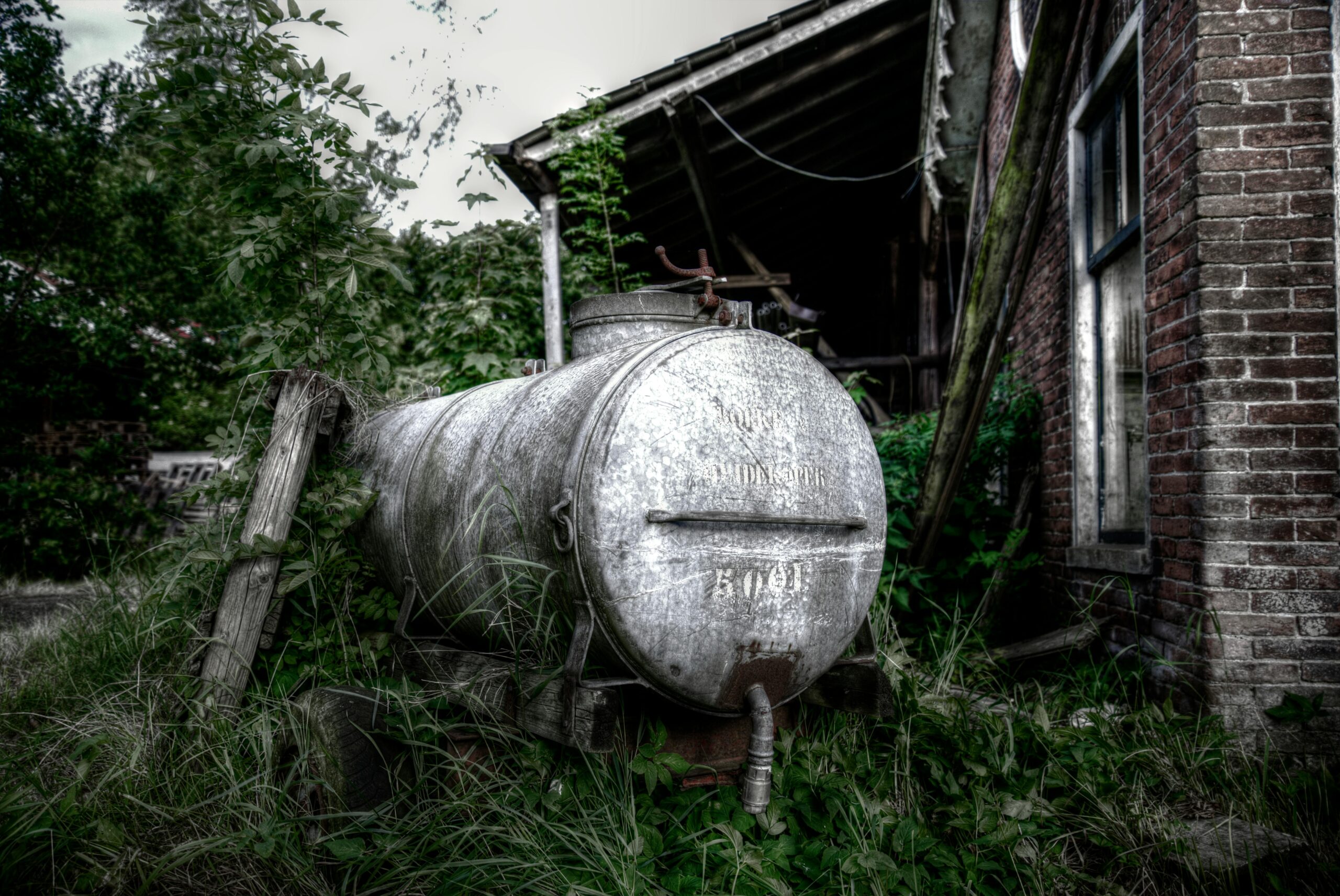
How Water Softeners Extend Appliance Life and Improve Health
September 16, 2024
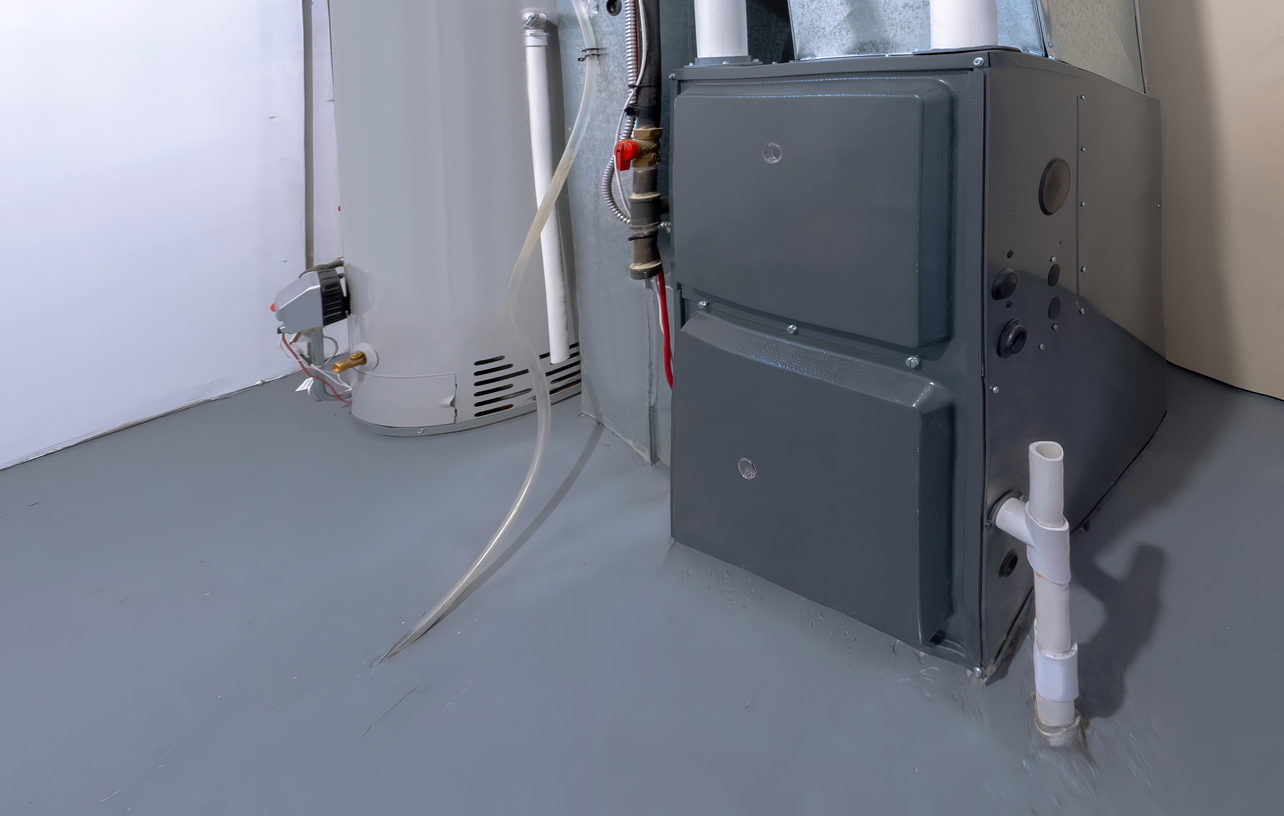
How to Save Money by Extending the Life of Your Furnace
September 16, 2024
